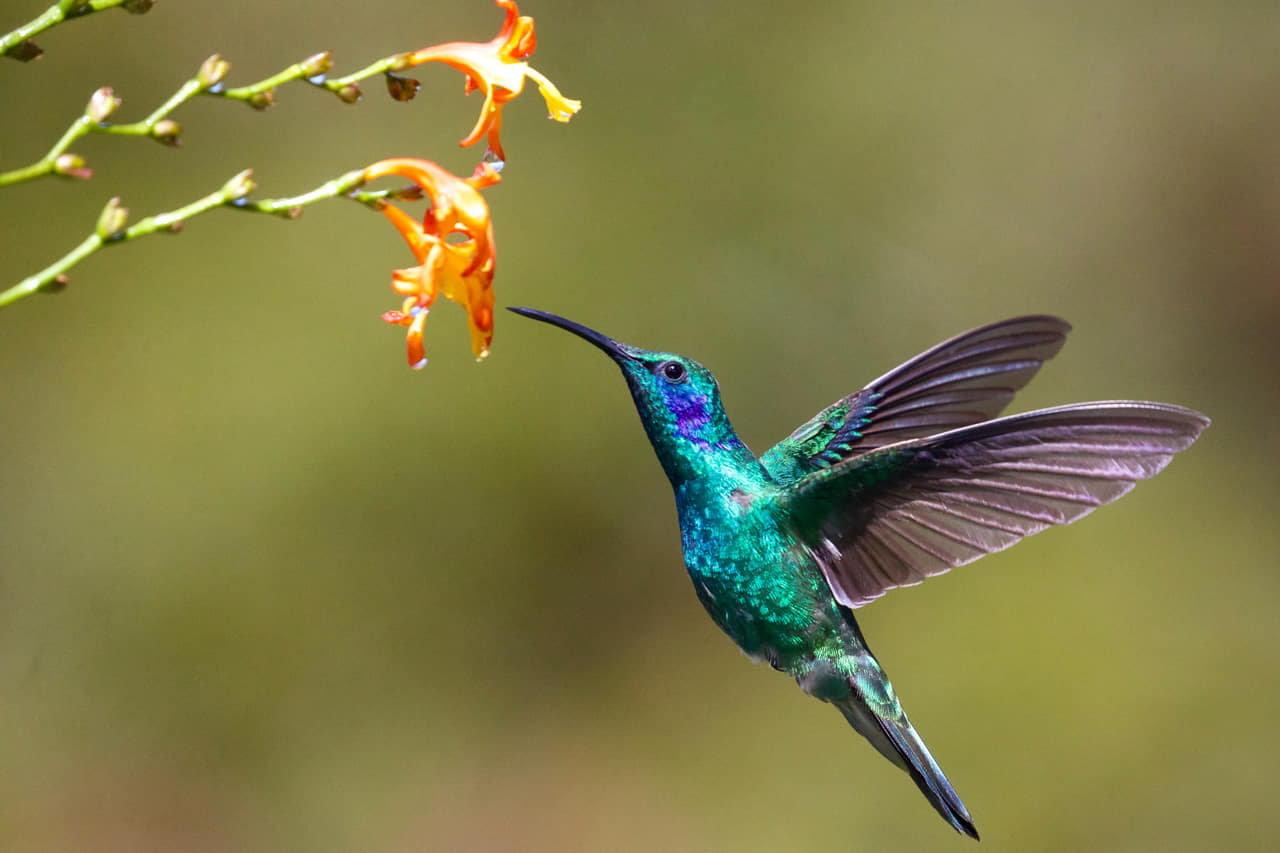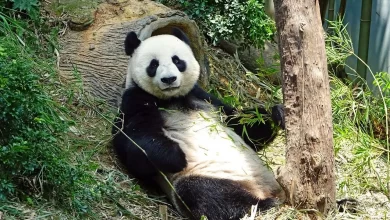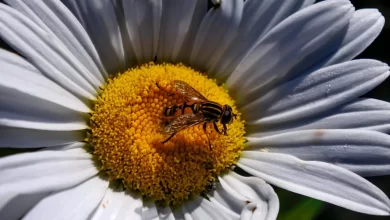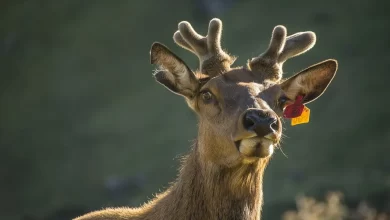Monkeys are wild animals mostly seen in villages, cities as well as in forests and are found worldwide. It mainly lives on the trees and often comes down in search of food. Their bodies are covered with thick and white fur. So have a look at these 68 interesting facts about this notorious animal.
- There are over 260 species of monkeys on the planet.
- The species of a howler monkey are found in central and south America. This species of monkeys like to spend 80% of their time resting.
- The howler monkey is also the noisiest land animal in the world. Their calls and noises can reach up to 140 Decibels and can be heard from 3 and a half kilometers away.
- The monkeys have very much similar hearing to that of humans. They can hear at lower frequencies of 8 kHz and higher frequencies of up to 45 kHz.
- Humans and monkey share the common ancestor and is believed that they evolved about 25 million years ago. A fossil found in Myanmar in 2009 dates back to about 37 million years ago.
- Some species of monkeys like to live on the ground, where some like to live on the trees.
- The smartest species of all modern-day monkeys are considered to be capuchin monkeys. They can use tools, learn skills, show signs of self-awareness and cleverness.
- Apes and spider monkeys are the only species that swing arm-to-arm in trees, but most monkeys don’t. Instead, they run across branches.
- Spider monkeys are considered excellent climbers, and they are usually seen in groups of around 30, mainly divided into smaller sub-groups of about 3 or 4.

- Monkeys have a long lifespan from averaging from 12 to 20 years. However, the Guinea baboon has the highest lifespan among all monkey species, which is over 35 to 45 years.
- Patas monkeys are considered to be the fastest in all monkey species. They can run at a speed of up to 50 kilometers per hour (31 mph).
- It is thought that the pug dog got its name from its look-alike pug monkey.
- Due to the long arms, legs, and tail, a monkey species is called spider monkeys.
- Monkeys make up two of the three classes of simian primates, the monkeys of the Old World and the New World. The other group is the apes.
- New World monkeys are from South America, whereas the old world monkeys are found in Africa and Asia.
- Monkey species comes in the category of primates that means that they fall in the category of human tree.
- The monkeys and apes can easily be distinguished by seeing their tails, as apes do not have tails.
- They use facial expressions, body movements, and vocalization to communicate.
- If monkeys are pulling their lips or grinning, that means a sign of aggression; some more body movements like yawning, jerking the head, shoulders forward, or head bobbing are also used to show their anger.
- To show their affection, love, and peace, they groom each other.

- A group of monkeys is called a troop.
- Babies of monkeys are often called Infants.
- Monkeys live in trees, grasslands, forests, high plains, and mountains.
- Monkeys are mostly found everywhere in the world except Antarctica and Australia.
- They are seriously facing extinction by habitat loss, especially those living in tropical forests, a habitat that is quickly disappearing.
- The smallest species of monkey are the pygmy marmoset. It measures only 117-159 in length and weighs three to five-ounce (85-140 grams).
- The largest species of monkeys are mandrill. Its size reaches up to 1 meter(3.3 ft) in length and weighs about 35 kg (77 pounds).
- The main predators of monkeys are boas, jaguars, lions, tigers, pythons, and sometimes crocodiles.
- The maturity age of monkeys varies from species to species, but usually, the males reach maturity by the age of 4 to 8 years. While the females tend to reach the age of maturity one year earlier, respective to the species.
- The source of the term “monkey” is unclear. It may have come from an ancient medieval animal tale, “Moneke,” naming Martin the Ape’s son. This also seems to be related to manikin, which is from the Dutch language “Manneken,” meaning little man.

- All the species of monkeys come under two scientific names, simiiformes Platyrrhini and simiiformes catarrhini.
- Some diseases like tuberculosis, hepatitis, and simian herpes B are prevalent in monkeys.
- Most monkeys eat both animals and plants. Some also eat dirt.
- Monkeys love to eat bananas. Before eating, they peel it and leave the skins aside.
- They can grasp things and bushes of trees with their fingers as well as toes.
- When a new leader is chosen in the troop of guenon monkeys, the head male sometimes kills all the offspring(babies) who are still being suckled, an evolutionary behavior called kin selection. In the process, the male protects their own babies and kill babies of other in the group.
- The only free-living species in Europe is Barbary Macaque. The continent was once home to many monkey species.
- In Africa, chimpanzees and humans hunt Red Colobus species and Colobus monkeys for food.
- Species of monkeys known as south American titi monkeys which are monogamous. They mate for a lifetime and become depressed when separated. They show love and affection to their partners by grooming their partners, holding hands, lip-smacking, and staying close to each other.
- Capuchins are brainy and skilled tool users. They can break nuts with rocks, insert tree branches into small holes to capture food, remove hairs and spines from caterpillars by rubbing them against a branch of a tree, using leaves to protect their hands, and use large branches to tackle snakes.

- Capuchin monkeys are such clever creatures that they use different vocal sounds to identify and alert others for different kinds of predators. They also have been seen banging rocks together to warn each other if a predator is reaching.
- The mandrill baboon monkey has a red nose, blue cheeks, and is orange in color.
- Colobus monkeys have bushy tails, which generally exceed the length of their bodies.
- Different species of monkeys like to eat various varieties of foods, but usually, they full fill their hunger with flowers, fruits, insects, leaves, and even reptiles.
- It’s a myth that HIV Aids disease came into humans through human-monkey sex, But it came to humans by blood-to-blood contact because of hunting them for food.
- Mostly New world monkey has round nostrils which are set far apart from their flat noses. At the same time, Old World monkeys have curved and small nostrils which are placed close to each other.
- Ten species of new world monkeys have been classified as nocturnal(active in the night). Whereas all old-world monkeys are diurnal(active in the daytime).
- Some species of old-world monkeys have drills( sitting pads on their rumps). New world monkeys do not have drills on their rumps.
- New world monkey have more teeth than the old world; new world monkey has 36 teeth while old world monkeys have 32 teeth.
- In total, there are about 96 species of old-world monkeys on the planet. Whereas there are 81 species of new world monkeys and still discovering new ones that are found in the Amazon basin and other areas of the American continent.

- Old world monkeys are of two types that are specialists and generalists. Specialists like to eat leaves, while generalists eat almost anything. They have large cheek pouches, which allow them to feed more and store food in their cheeks. Then they chew the food later and swallow it.
- Most New World monkeys have prehensile tails (tails that hold objects or branches of trees to swing from one tree to another). This ability is absent in the old way monkeys.
- There are many new world monkeys, such as spider monkeys that don’t have thumbs. Squirrel monkeys and Capuchins are the only new world monkeys that have pseudo-opposable thumbs.
- Probosci’s monkeys are old-world monkeys that are well known for their long noses; in males, noses grow bigger as the monkey’s age increases. In Females, the noses are smaller and pointed. This distinctive ability helps the males to resonate with the male’s voices to be loud.
- As the name suggests, silver leaf monkeys are silver to dark gray. In comparison, their babies are dark orange.
- In squirrel monkeys, there are about twenty different types of vocalizations that are been noted.
- Adult male guenon monkeys sometimes go after an eagle that has caught their family member, sometimes intimidating the bird enough to let go of its prey.
- Some Monkeys can even count and have one basic mathematical ability.
- Capuchin Male Monkeys sometimes urinate on their bodies to attract the opposite sex.
- The bonobo monkey is the closest relative to humans and is naturally bisexual.

- Some Monkeys are been trained and employed as harvesters of large coconut plantations in Thailand and Malaysia.
- Scientists have researched that monkeys are likely prone to optical illusions just like human beings.
- Sometimes male squirrel monkeys show their dominance on a territory by urinating their underlings or subordinates.
- A Colombian woman named Marina Chapman was once raised by capuchin monkeys when she was at the age of four. She lived with the monkeys for five consecutive years after being kidnapped and abandoned in the jungle.
- In 2011, Pakistan authorities once arrested a monkey for crossing the India-Pakistan border. Later he was sent to Bahawalpur zoo, where he was named bobby.
- Kayabukiya Tavern is a restaurant in Japan where Macaque monkeys have been replaced with human beings as waiters.
- In some parts of China, people eat raw brains of monkeys. However, it is illegal in china to eat raw brains or even monkeys, but it is still being served in some China and Malaysian restaurants.






